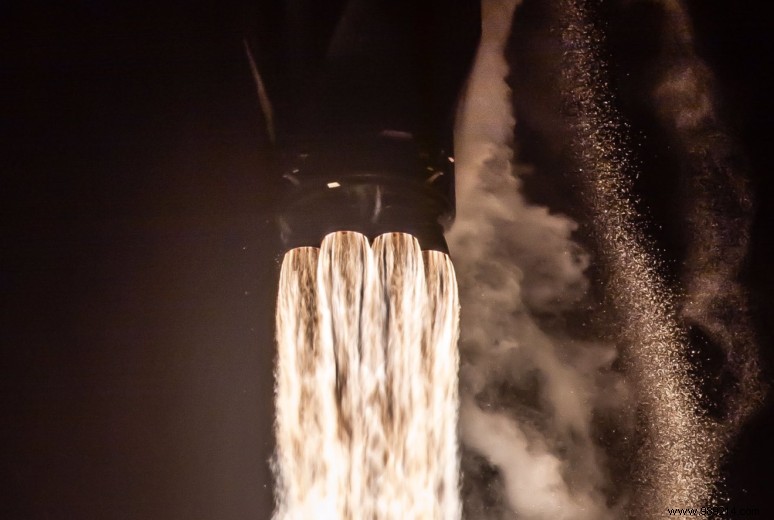A few days ago, SpaceX invited some North American users to participate in public beta testing of its Starlink program. To participate, users must purchase all equipment on the ground and then pay a still very expensive monthly fee.
On October 26, sixty new satellites joined the Starlink megaconstellation, which plans to deploy at least 12,000 of these instruments over the next few years. The goal is to offer global high-speed Internet access. This new launch brought the total number of these satellites in orbit to 893, which is enough to start offering a limited service .
We know that SpaceX employees have already been using terminals for several weeks to collect latency statistics and perform standard system speed tests. Recently, the company also invited several residents of the northern United States wishing to join this beta test program to register on a site provided for this purpose. A few days ago, all registrants finally received an email from SpaceX, explaining all the steps to follow.
The rather brief email first details what beta users can expect with this first Starlink system. "Data speeds may range from 50MB/s to 150MB/s and latency from 20ms to 40ms over the next few months as we improve the Starlink system “, can we read. “There will also be brief periods without connectivity ".
To log into the system, users must then purchase one of SpaceX's user terminals. It's kind of like a little "UFO on a stick," as Elon Musk describes it. The equipment is not cheap:499 dollars (about 430 euros) . The email provides a link for users to order the equipment. They will also have to pay a monthly fee of 99 dollars (about 85 euros) so that the service can remain active.
SpaceX finally offers a Starlink application that accompanies users of this beta test to configure their systems. Thanks to augmented reality, the application also makes it possible to search for areas of the sky with sufficiently clear views so as to ensure that their terminals will have a line of sight with the satellites.

You will have understood it, Starlink services are still expensive and the results are still average. However, this is only a test version. The throughput should increase as the number of satellites in orbit also increases (SpaceX provides a throughput of 1Gb/s). For its part, the latency should eventually also be reduced to between 16 ms and 19 ms , as expected. On the equipment side, Elon Musk had hinted at a price "around 80 dollars per month with "setup fees between $100 and $300 ".